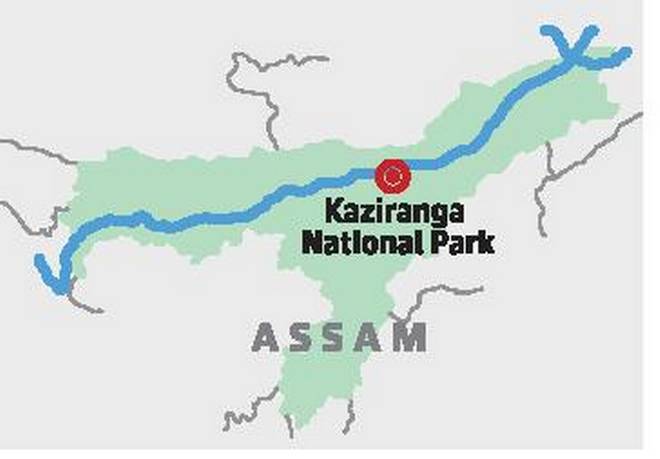7667766266
enquiry@shankarias.in
What is the issue?
While on one side Kerala is devastated by floods, here is why floods are crucial and beneficious for the Kaziranga national park.
Why is Brahmaputra significant for Kaziranga?

Why are floods essential?
What are the concerns?
Source: The Hindu